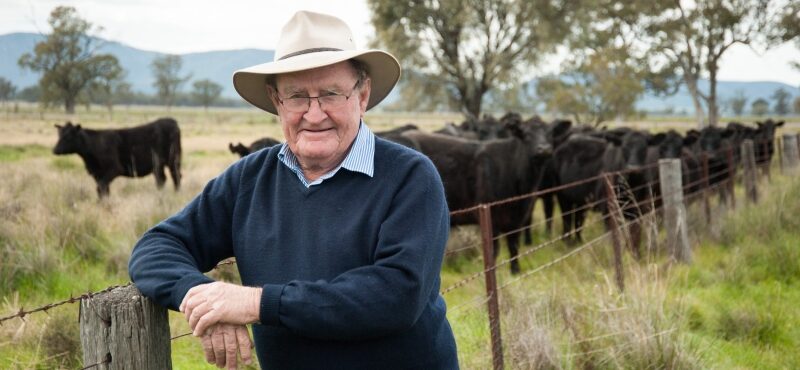According to those in the know, nothing stands between Michael O’Brien and beef cattle genetics.
Not drought, nor any other disaster.
Such as the 88 cast-for-age cows he recently sold at Roma – aged nine to 11 and PTIC – for an average of $1361 in the grip of what Michael calls a “rip-roaring drought”.
A sell down he is making in response to the wider dry conditions, reducing his cow herd from around 1600 to 1400 and still coveting his cutting-edge genetic profile.
Which is why Michael says he has been a long-time buyer at the annual Te Mania Angus northern bull sale at Walgett.
“What will put a real bottom in the beef cattle market right now would be a good two or three inches of rain, in a lot of places. We already have a start on the clover and winter feed, and that rain would give the industry some very welcome news,” he added.
“One of the real keys here in northern NSW and into Queensland is managing the feed variance – if we can conserve the bulk feed through options such as silage, you can always add the protein, but it is the bulk you must have to get through tough times.”

“Just as the genetics are their reward when the time comes to sell, such as the results we got at Roma. I have spent a lot of time feeding through droughts to maintain a productive bodyweight in my cow herd.”
Which keeps paying off for him, with Michael saying in the current hard beef market, the girls have been the glamour lots at sales.
A trend he says has been running for a few weeks now – although it “helps when your sale PTIC females are all by leading Te Mania Angus sires,” he added.
Despite the dry conditions, Michael says he cannot believe how long his channel country has remained wet after the Macquarie flooded during the past two years.
He says about 10,000ha of the 20,640ha in his primary property Brigalows, via Walgett, is still under water and his cows are swimming in it.
“The cumbungi reeds are like nothing I’ve seen, they are five and six feet high and everywhere, and the young cattle have done well on them,” he says.
He says the trick is “staying in production” and to do that he makes decision such as hanging onto those older cows until this week and reaping the rewards as a result.
“You have to feed stock to protect the market – if it gets a little tough there’s no point everyone dumping stock into the market because that’s the easy way for everyone to lose a lot.”
Michael also remains convinced the northern bull market will perform well, as it is the cheapest option for boosting your herd’s genetic profile.
He says it all becomes a numbers job, and if you better manage your cow herd’s maintenance – “something we are all still learning up here but we are getting better at it” – then you can finetune any breeding program with just two or three extra bulls.
“That’s a far better option than selling down and having to start all over again.”





